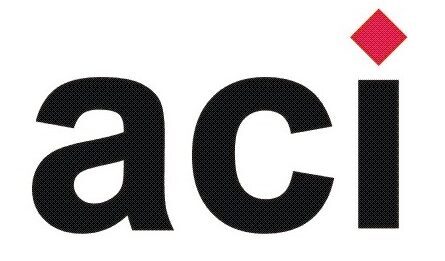Rethinking Business Models in Tourism
Dr. Alvaro Lopes Dias
Tourism industry is at a crossroads. Traditional tourism models are facing pressure from environmental concerns, shifting consumer preferences, and technological disruption. In this presentation, we'll explore the urgent need for innovation from the entrepreneur's perspective. We'll delve into emerging business models that prioritize sustainability, hyper-personalization, and community engagement.
